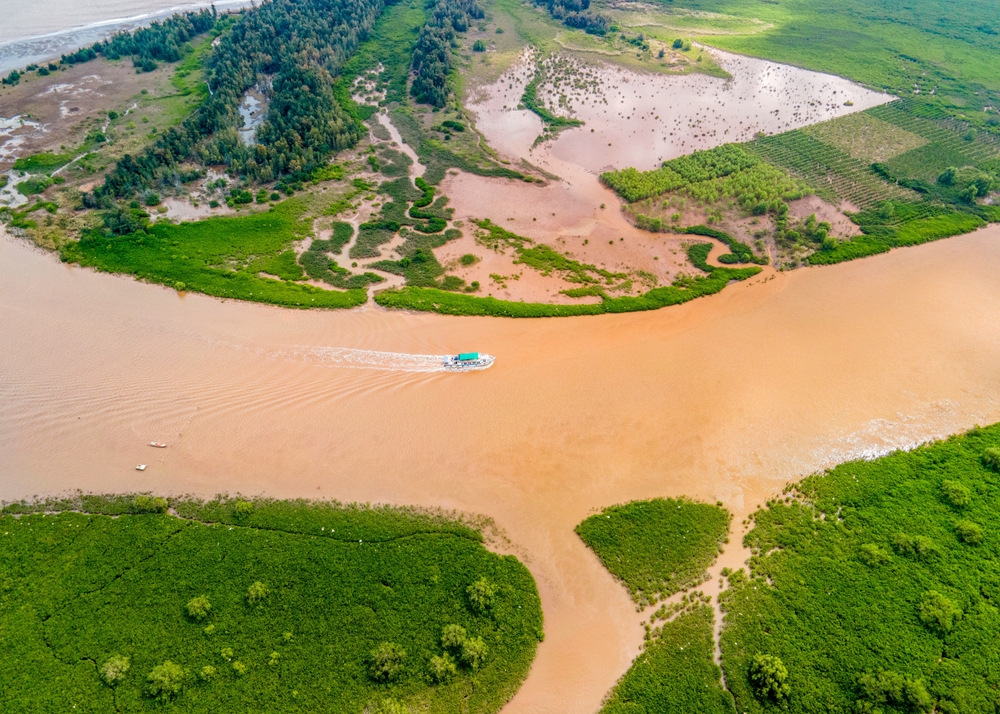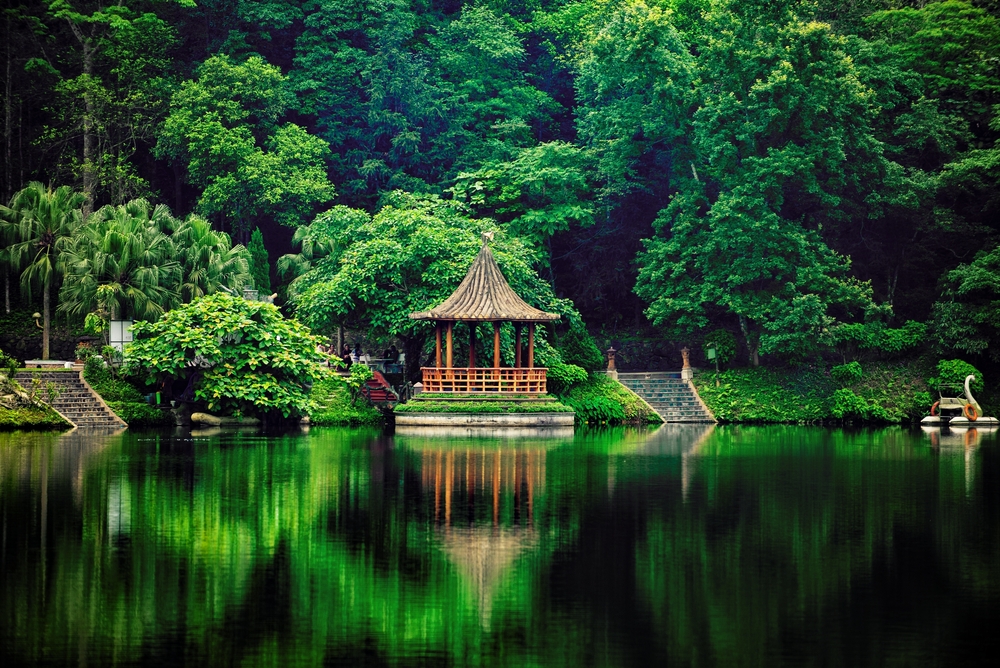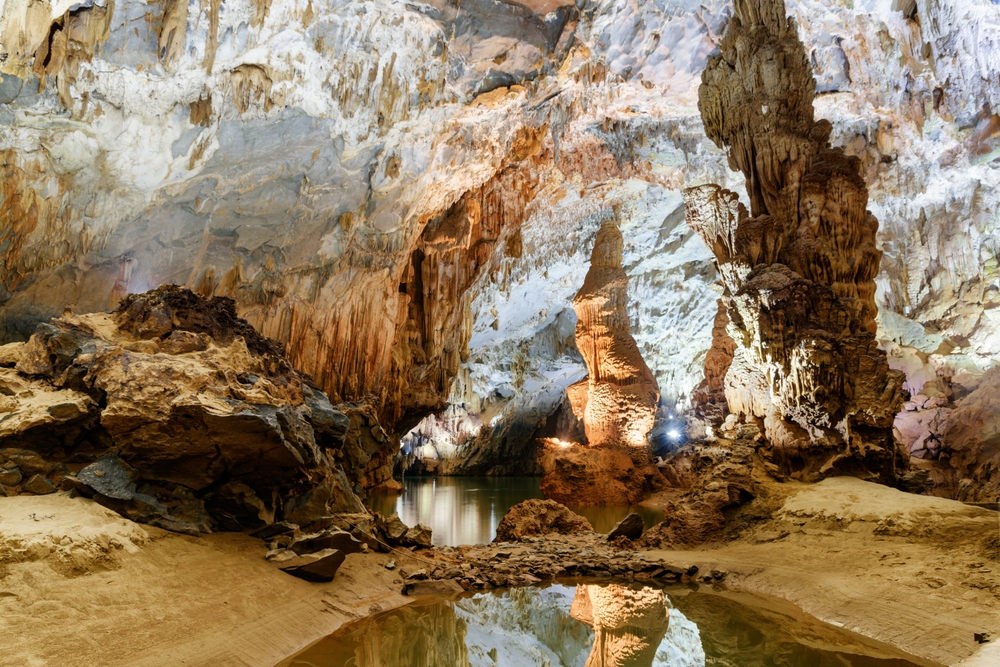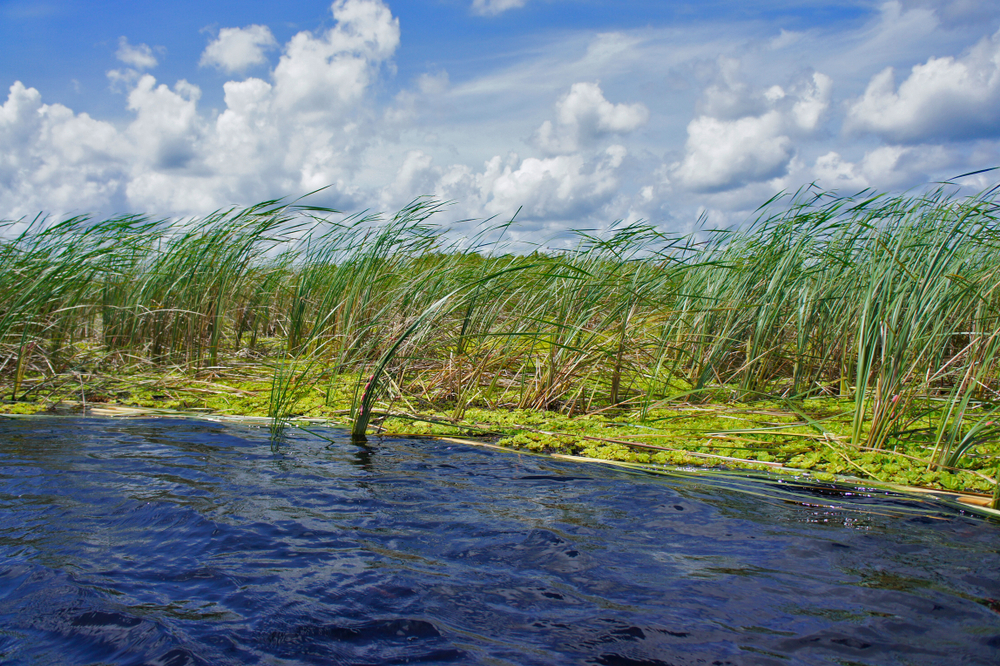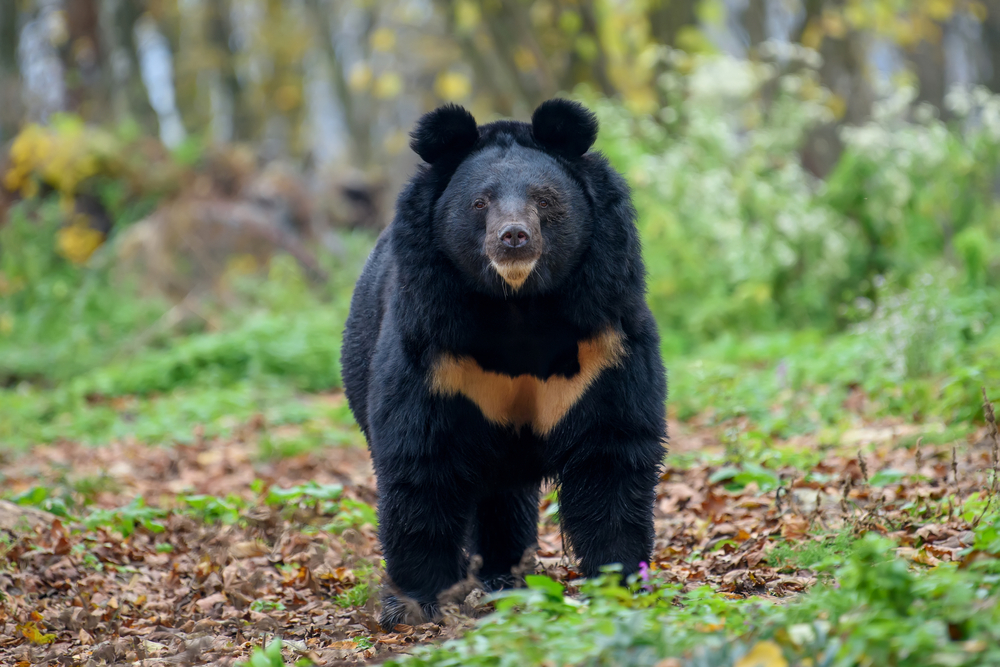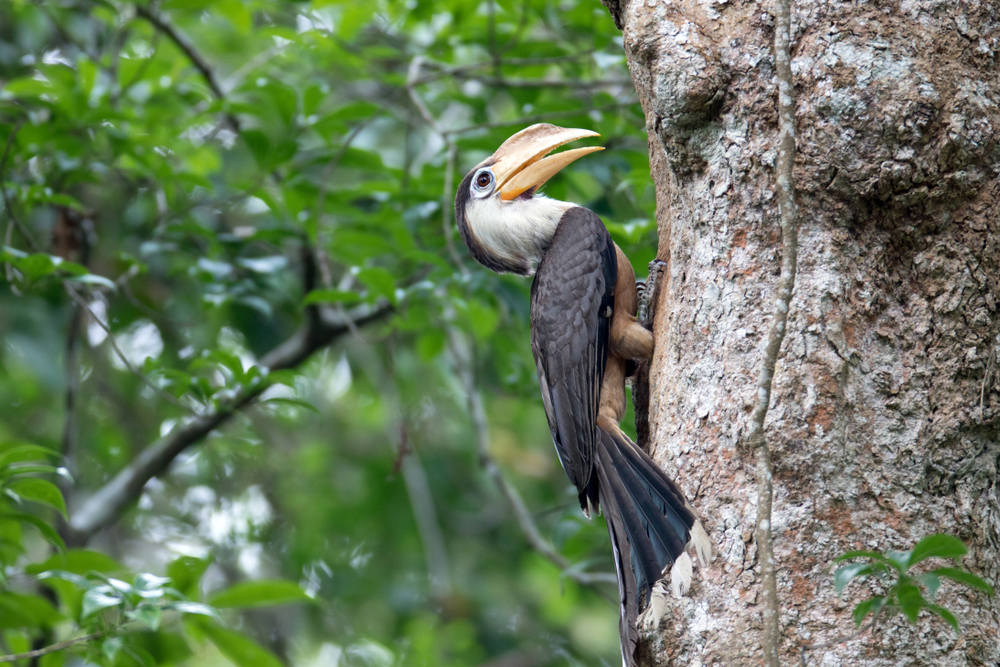Xuân Thủy Overview
Xuân Thủy National Park, known locally as Vườn quốc gia Xuân Thủy, is a spectacular natural reserve located in the Giao Thủy District of Nam Định Province, Vietnam. Covering an area of approximately 19.6 square miles (50.9 square kilometers), this coastal park is part of the Red River Delta Biosphere Reserve and holds significant ecological importance as Vietnam’s first Ramsar site. Xuân Thủy lies at the mouth of the Red River, where it meets the sea, creating a unique intertidal wetland habitat that supports an extraordinary variety of life.
The terrain of Xuân Thủy National Park is characterized by its expansive tidal flats, salt marshes, mangrove forests, and sandy beaches. The mangroves, primarily consisting of species like Avicennia and Rhizophora, play a vital role in preventing coastal erosion while providing crucial breeding grounds for fish and crustaceans.
The park’s dynamic landscape shifts with the tides, showcasing a rich interplay between land and water. In addition to the mangroves, the park is home to mudflats that attract migratory birds and support local fisheries, as well as lush vegetation that adds to its natural beauty.
The park is renowned for its incredible biodiversity, especially its birdlife. Xuân Thủy serves as a key stopover point along the East Asian-Australasian Flyway for migratory birds. Visitors might spot rare and endangered species such as the black-faced spoonbill, Nordmann’s greenshank, and spoon-billed sandpiper.
Beyond birds, the park’s mangroves and wetlands harbor small mammals like otters and civets, along with a rich diversity of marine life, including fish, crabs, and shrimp. This thriving ecosystem underpins both the ecological and economic value of the park.
Xuân Thủy’s appeal lies in its blend of natural beauty and wildlife spectacle. Popular activities include birdwatching, with peak migration season from October to April offering unparalleled opportunities to see flocks of rare birds in their natural habitat. Visitors can also enjoy eco-tours that highlight the mangroves and tidal flats or explore the local fishing culture. Guided boat tours along the park’s waterways offer a serene way to appreciate the landscapes and wildlife, while walking trails invite visitors to experience the park’s vibrant ecosystem up close.
The park faces several conservation challenges, including habitat loss from land conversion, pollution, and the impacts of climate change. Rising sea levels and increasing salinity threaten the delicate balance of the mangroves and wetlands. Despite these challenges, Xuân Thủy National Park has seen notable successes in conservation, thanks to efforts by local communities and international organizations. Initiatives to restore mangroves, protect critical habitats, and educate the public about sustainable practices have contributed to preserving this ecological treasure.








































































